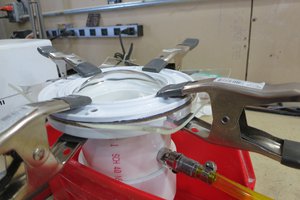BASIC DESIGN DRAWINGS ARE YET TO BE MADE; I WILL UPLOAD THE SOMEDAY.
Pollen allergy is a seriously annoying condition and while FFP2 masks help, they are prone to fogging up (can be somewhat lessened by putting some tape on the nose bridge part so that the exhaust air doesn't blow directly towards the eyes). However, FFP2 mask does not protect eyes from malignant particle of tree or plant.
Fully enclosed face mask would ensure that no pollen can come into contact with eyes, mouth or nose. However there must be a constant exchange between surrounding air and air inside mask chamber so that it is possible to breathe (i.e. to avoid CO2 buildup, as that would be rather unpleasant). Such systems exist and are called "PAPR". For a pollen allergic buying one for 550 USD from reputable brand is an overkill option however, and the system itself should be rather simple:
1. A face enclosure ensures only air that goes in or out does so through the appropriate, filtered paths
2. A fan / turbine / whatever forces air into the mask through a filter
3. Used air is removed through filter
The idea here would be to using artificial intelligence to create a 3D file of ones own face. This is far cheaper and less of a hassle than using a 3D-Scanner. Then using OpenSCAD or similar, these contures are used to create a base for a face shield that is fully enclosed, with typical three gas mask style adapters. The part between nose and eyes must be completely sealed in order to avoid fogging. For good climate, add inlet and outlet to upper (eye) part of mask.
Face mask would then be 3D printed, resulting parts acetone treated, sanded and sprayed with acrylic paint. Transparent plastic sheet would be sandwiched in between.
Pollen particle size ranges from 0.15µm to 200µm according to search engine. Activated carbon can filter, depending on flow rate, 0.5µm to 50µm according to encyclopedia. So for cheap option, air is forced through a tube stuffed with cotton/textile and activated carbon, but it would not filter out pollen completely. Better option would be HEPA filter or similar. Really cheap option may be to bubble the air through water somehow, but let's not go that far.
For the air flow system, the idea would be the aforementioned tube / filter cartridge in an enclosure with a fan, a solar cell and a rechargeable batter. This would then be attached to belt or somewhere else on body depending on preference and a hose would extend from to a Y-Splitter into the face mask. On other side, there would be two exhausts, also filtered, allowing for constant air flow.
The requirements for complete system are as follows:
1. Can be worn with glasses
2. Doesn't fog up glasses (mouth / nose section fully independent of eye section)
3. Lightweight mask construction
4. Made from off-the-shelf components
5. Doesn't disturb FOV too much
6. Doesn't get in the way
Drawings of the initial idea will be added once I have time to do them. Suggestions welcome.
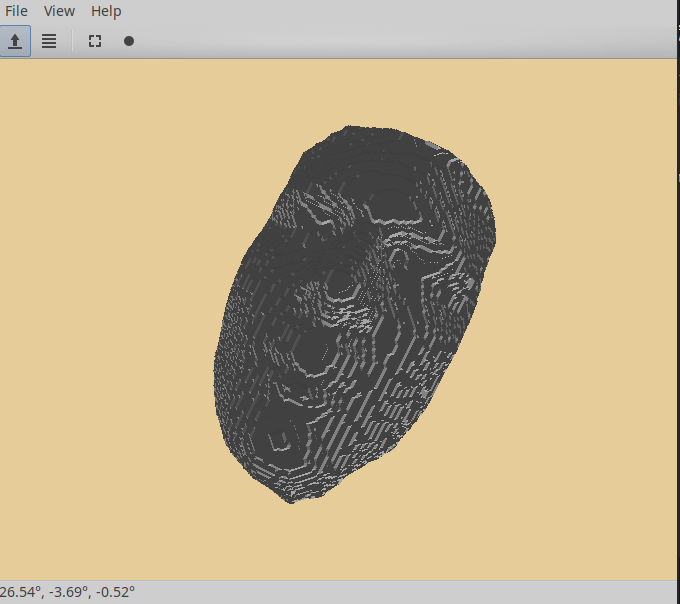
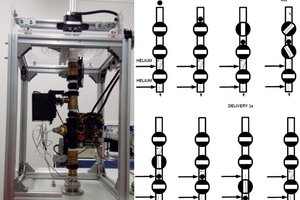
 Matheus Carvalho
Matheus Carvalho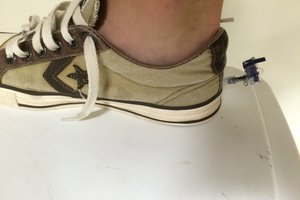
 Aidan Leitch
Aidan Leitch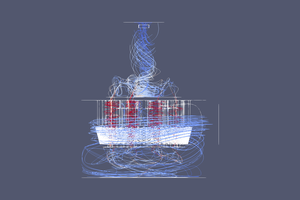
 Nelson Phillips
Nelson Phillips